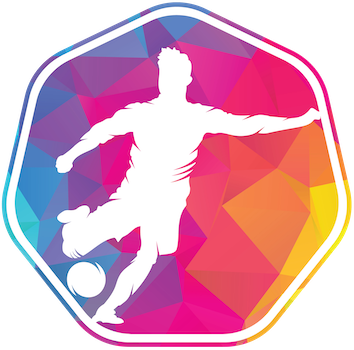In the world of football, few topics ignite as much debate as the utilization of Video Assistant Referee (VAR) technology, particularly within England’s Premier League. Each week supporters, pundits, and players alike find themselves analyzing contentious calls that have the potential to alter the course of matches—decisions often based not only on the rules of the game but also on subjective interpretations of those rules. This article delves deeply into recent VAR incidents, scrutinizing the methodology behind the decisions and addressing the inherent contradictions that arise in the process.
The clash between Manchester United and Crystal Palace brought forth a significant incident involving Lisandro Martínez. During the match, Martínez appeared to engage in a two-footed challenge against Crystal Palace’s Daichi Kamada, which left many questioning whether a red card should have been issued. Referee David Coote awarded a free kick to Palace and opted for a yellow card, a decision that was later upheld by VAR official Chris Kavanagh. The logic behind Kavanagh’s conclusion—that Martínez’s challenge did not make contact—raises eyebrows. Under the laws of the game, failure to make contact does not absolve a player’s actions from being deemed dangerous play. The inclination to dismiss Martínez’s reckless initiative as merely an unfortunate misstep starkly contrasts with the serious nature of the challenge itself.
This incident echoes a previous occurrence involving Jacob Brown of Luton Town, who escaped similar scrutiny despite leading with two feet in a clearly dangerous tackle. The lack of consistent enforcement of the laws creates an atmosphere of unpredictability, leading fans to grapple with what constitutes “serious foul play” when one incident is deemed more egregious than another based on superficial outcomes.
In the continuing narrative of controversial VAR decisions, the issue of handball remains a perplexing and oft-discussed topic. During the same match between Manchester United and Crystal Palace, a ball touched the arm of Maxence Lacroix and Jefferson Lerma after a free kick from United. VAR intervened and decided against awarding a penalty, citing that the players’ arm positions were natural and not extended away from their bodies. This preventive approach aligns with a more lenient interpretation of handball that has been articulated in recent seasons. However, critics argue that a more consistent application of the law is needed.
The Premier League’s move toward allowing “natural” arm positions complicates the enforcement of handball rules, as it opens up subjective interpretations. What constitutes a ‘natural’ position for one referee may appear askew to another. This uncertainty leads many to question whether the current standards offer fair outcomes for attacking teams, particularly when clear advantages are sometimes overlooked if they do not fit into an increasingly subjective framework.
The match between Arsenal and Manchester City produced a goal that reignited debates over contact with goalkeepers during set pieces. Gabriel Magalhães scored after a cross from Bukayo Saka, sparking controversy regarding whether the attack constituted a foul on City’s goalkeeper, Éderson. VAR upheld the goal, suggesting that the contact initiated by Gabriel Martinelli did not impede Éderson’s capacity to play the ball—a ruling grounded in what many would term ‘normal football contact.’ Yet, this raises questions about the boundaries of aggressive play around goalkeepers, particularly in high-stakes moments.
The Premier League approach of treating such incidents with a grain of leniency shaped the decision, as past instances where VAR found against attackers in similar scenarios illustrate the inconsistency in enforcement. The dilemma boils down to whether referees should wield more power to protect goalkeepers’ rights or to accept that, in the theatre of football, such contact is an inevitable component of the game.
Erling Haaland’s decision to throw the ball at Gabriel following a goal was evaluated by VAR, ultimately resulting in inaction. The VAR’s conclusion that this act did not meet the threshold for violent conduct has led to questions about the parameters surrounding player behavior. Although regarded as petulant, it raises an important point regarding player discipline in the age of VAR. Should the system adjust to encompass acts of disrespect that, while seemingly minor, contribute to an unsavory on-pitch atmosphere?
These instances exemplify the complexities of VAR’s role in modern football. There’s a delicate balance between ensuring fair play and undermining the game’s emotional authenticity, a balance that continues to shift under scrutiny.
VAR has ushered in a new era of transparency in officiating, but the inconsistency in application demands urgent attention. Maintaining the integrity of the game while respecting the subjective nature of human interpretation serves as a formidable challenge. As the Premier League evolves, a reassessment of how VAR is utilized may be necessary to preserve the essence and spirit of football. The discussions surrounding these VAR incidents reveal a pressing need for dialogue among players, officials, and governing bodies to understand the implications of their decisions on the beautiful game. Constructive change ensures that the adaptation of technology enhances rather than detracts from the sport, fostering fairness while honoring the unpredictability that fans cherish so deeply.

